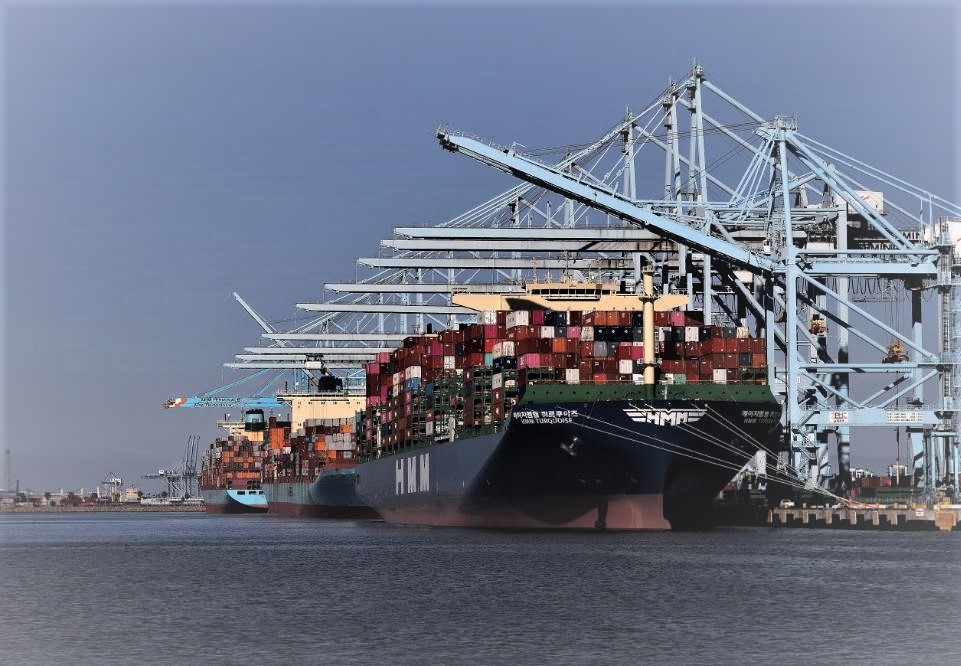Trans-Pacific shipping rates cool
Posted on: 26/06/2025
-
Ocean freight rates increase dramatically
-
Logistics businesses are busy during the 'golden time' of tariffs

Container ships docked at the Port of Los Angeles (USA), one of the main gateways for importing goods from Asia. Photo: WSJ
According to data from the Freightos Baltic Index (FBX), an index that tracks spot ocean freight rates on 12 major global trade routes, in the week ending June 24, the average 40-foot container (FEU) freight rate from Asia to the US West Coast fell 7% from the previous week to $5,593 per FEU.
Daily spot rates on this route fell even more sharply, to $3,500 (FEU) from $5,800/FEU a week ago.
As of June 24, the freight rate from Shanghai port (China) to Long Beach port on the US West Coast dropped to $3,700/FEU, equivalent to the rate at the end of May.
Daily spot rates from Asia to the US East Coast also fell to $6,300 per FEU from $7,200 per FEU a week ago.
After the US and China reached a tariff truce in early May, exporters in the world's second-largest economy raced to ship goods to the US early.
The need to export early to avoid higher tariffs in the future has sent ocean freight rates soaring on routes across the Asia-Pacific. Spot rates for shipping containers from China to the U.S. West Coast more than doubled from mid-May to early June, according to shipping booking platform Freightos.
However, this demand is showing signs of weakening while many shipping lines are increasing the deployment of more ships on routes to the US. That has led to a rapid decline in ocean freight rates in the past week.
According to shipping analytics firm Sea-Intelligence, the capacity that ocean carriers plan to deploy on the Asia-US West Coast route in June and July is expected to increase by 397,000 TEUs, about 30% higher than the forecast made early last month.
Meanwhile, the National Retail Federation (NRF) forecasts that US imports in July will fall 8.2% year-on-year to 2.13 million TEU. Imports are expected to fall to 1.98 million TEU in August and continue to decline sharply in September.
The cooling of ocean freight rates is welcome news for US retailers and manufacturers, which faced rapid increases in freight rates starting in mid-May after the US reduced tariffs on imports from China for 90 days, from 145% to 30%, leading to a surge in demand.
Shipping rates from Asia to the US East Coast are expected to continue to fall in the coming weeks, industry experts predict, signaling that shipping lines’ efforts to raise rates in mid-June have been fruitless.
“It appears that ocean carriers overestimated early U.S. import demand,” said Judah Levine, director of research at freight booking platform Freightos.
Nathan Strang, director of ocean freight at freight forwarder Flexport, said that just a few weeks ago he was getting panicked calls from U.S. importers looking for space on ships. Now he is getting calls from importers looking for the lowest rates as demand for early shipments to the U.S. to avoid tariffs has dwindled.
Strang said some of his clients are being cautious with new orders to hedge against the risk of weaker US consumer spending in the second half of 2025.
“Nobody wants to keep millions of dollars of inventory sitting in a warehouse for six months if they don't have to,” he said.
According to Freightos.com, WSJ, Chosul